It takes some experience to determine the situations where you should use low ISO vs high ISO in your photography.
ISO is part of the exposure triangle along with shutter speed and aperture. The balance of these three elements determines if your photo is properly exposed.
So that you can be confident when taking photos, and not waste time trying to figure out what ISO you should use and potentially miss your shot, this article gives you the full low-down on the differences between ISO settings on your camera.
With the knowledge of the difference between high ISO and low ISO, you will be sure that you can get a correctly exposed image each and every time.
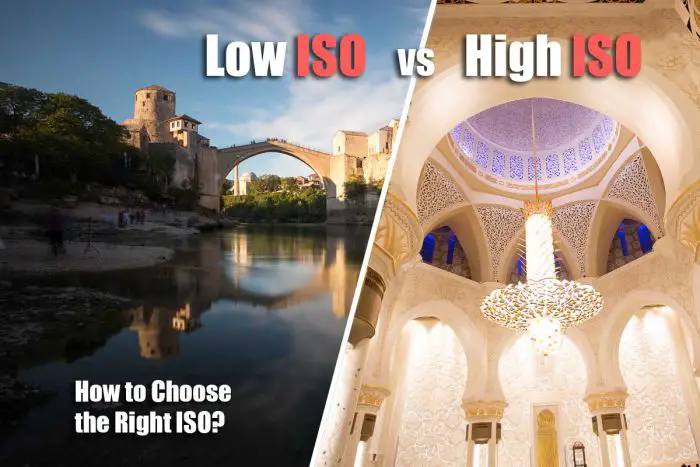
Read More:
The definition of ISO in photography, and the answers to common questions.
High ISO vs Low ISO
When comparing high vs low iso, a high ISO value (eg. ISO 800, 1600, 3200 or higher) means that your camera sensor or film is highly sensitive to light, while a low ISO (eg. ISO 50, 100 or 200) means that your sensor has low sensitivity to light.
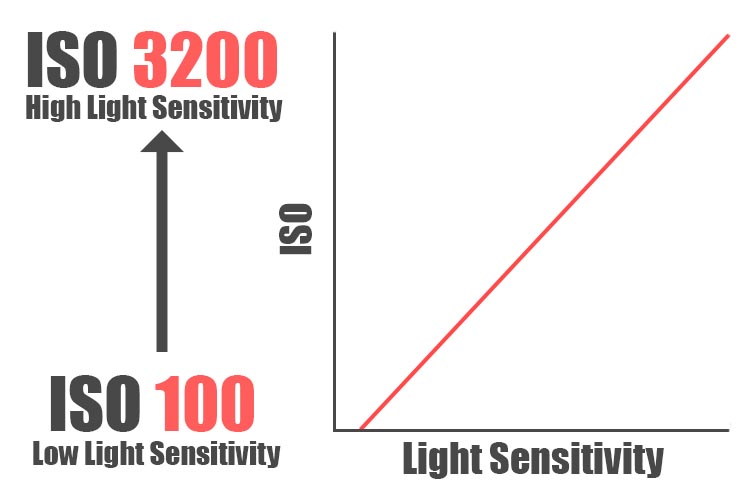
A high ISO is used in low light to get a properly exposed image, as it means that you can use a narrower lens aperture and / or a faster shutter speed. High ISO has the disadvantage of causing noise in digital cameras, and grain in film cameras, which degrades the image, causing lower image quality and loss of sharpness.
A low ISO is used in bright light, as it prevents your photos from being over-exposed, even if you use a wide aperture and / or a slower shutter speed. Low ISO’s also produce the least noise, so are most suitable for creating high quality images.
If you keep shutter speed and aperture the same, but only vary ISO, then as you increase ISO, the image will get brighter. You can achieve the same effect by slowing down the shutter speed, or opening up your lens aperture.
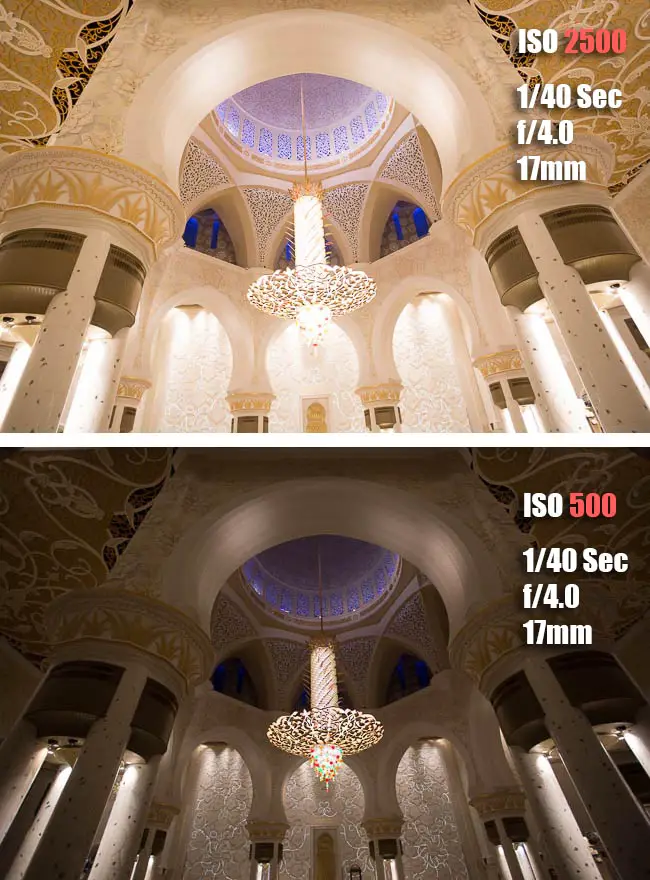
Low ISO vs High ISO Comparisons
Let’s take some comparisons of high and low ISO pictures to get an idea of how much extra brightness increasing the ISO brings to your photos, but also how much extra noise an increasing ISO causes.
ISO 100 vs 200
ISO 100 and 200 are both low ISO settings, but you may still see some differences between them, particularly if you look at a 100% crop of your photos.
ISO 200 gives you one extra stop of brightness over ISO 100, but also imparts some extra noise. You can see the extra brightness throughout the example photo below.
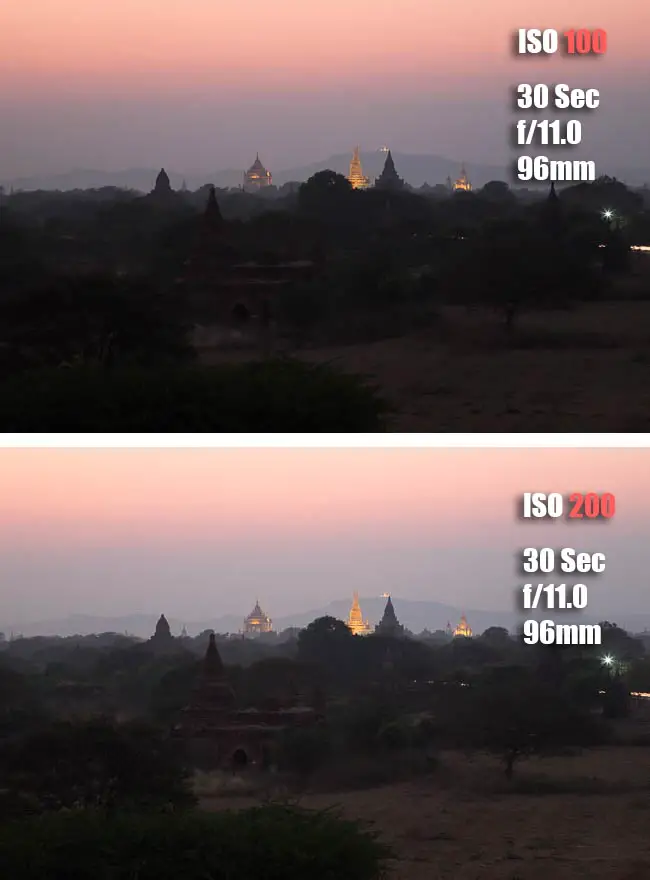
Looking at a 200% crop, you can see the extra shadow detail that shooting at ISO 200 brings, but this has also boosted the noise to a small degree, which is just visible in the trees in the foreground.
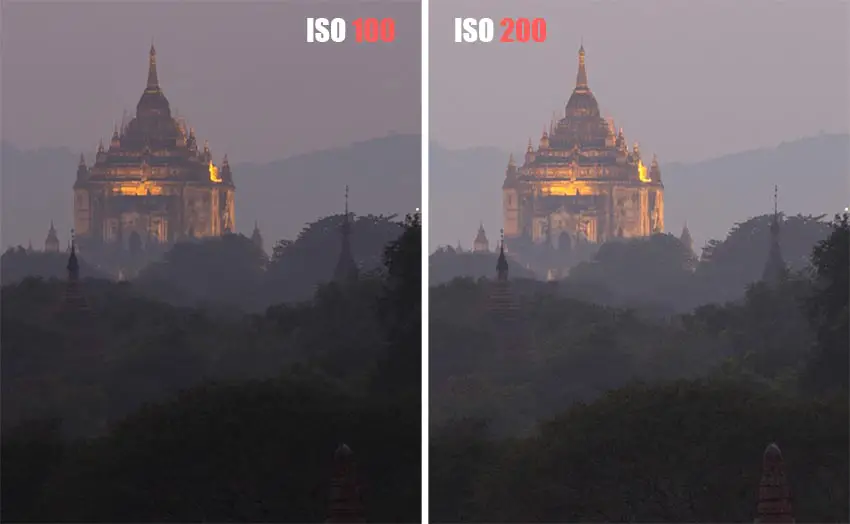
ISO 200 vs 400
ISO 200 is considered low ISO, but ISO 400 is in the middle ground between low and high. Again, you get one extra stop of brightness from ISO 400 over 200, and although noise technically starts to increase in the shadows, in practice you would be very hard pressed to see it.
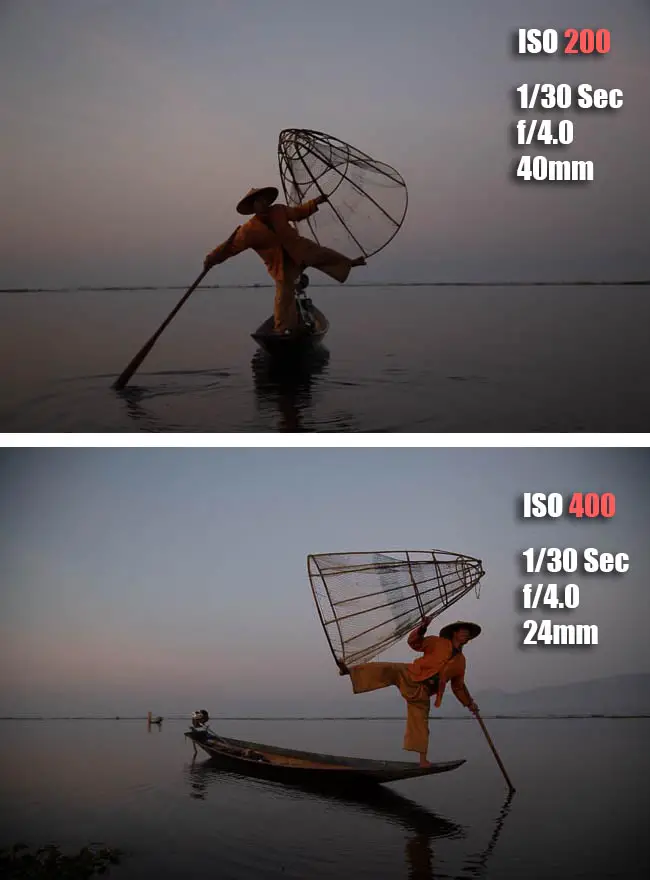
ISO 640 to ISO 16000 and Above
As you reach ISO 640, you start to move into high ISO photos. This is the best ISO for low light photography, as it lets you capture details in the shadows, without giving too much noise.
You can see some comparisons as the ISO increases in the pictures below. Note how the noise increases substantially in the sand dunes in the foreground, until almost all detail is obscured at ISO 16000. Because ISO 640 is less sensitive to light than ISO 4000 or 16000, I was able to use a slower shutter speed for that exposure, creating star trails, while the stars are frozen in the high ISO, fast shutter speed pics. This is one of the advantages of changing ISO.
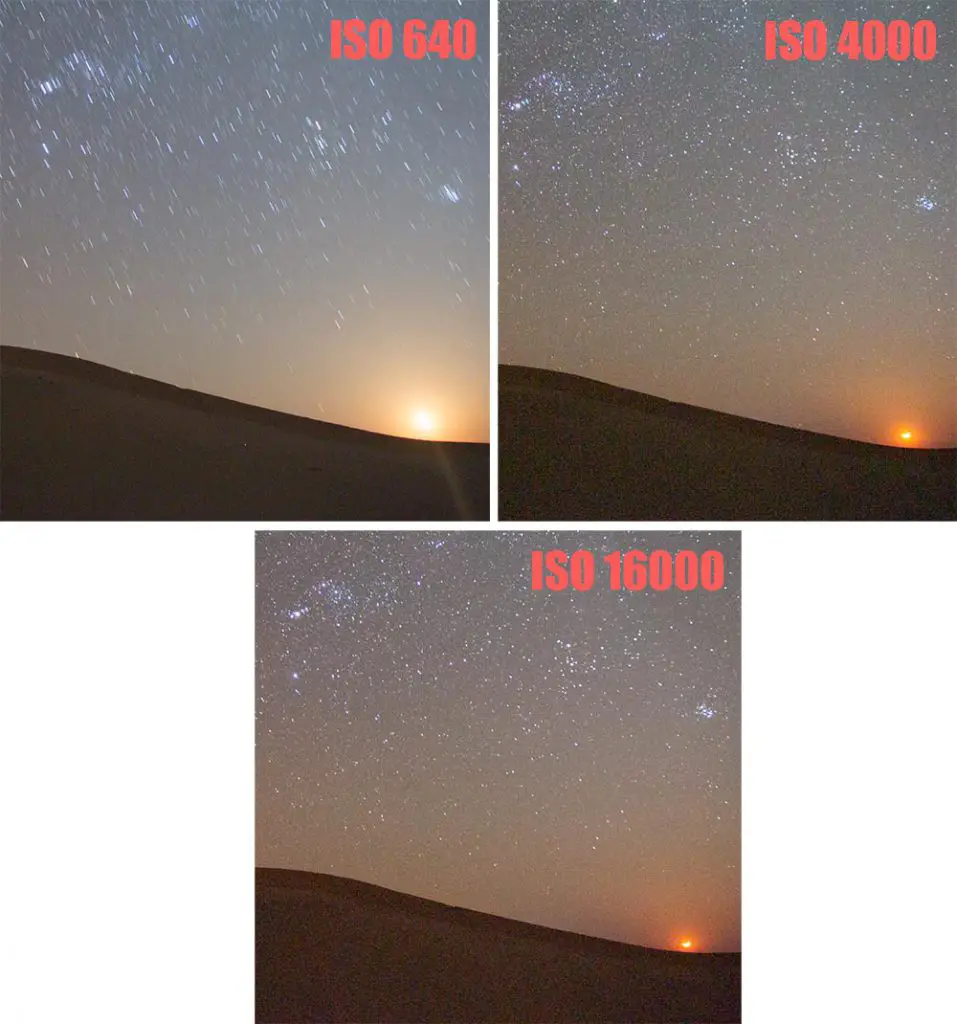
High ISO Photography
Using high ISO in photography is very useful when you want to minimize camera shake, as it means that you can use a faster shutter speed. It is also very helpful for taking photos at night, as it makes your camera sensor more sensitive to light, and can therefore pick up more details in shadow areas.
Below are some examples of photos taken at a high ISO (eg. ISO 800 and above), to show the situations where high ISO is useful in photography.
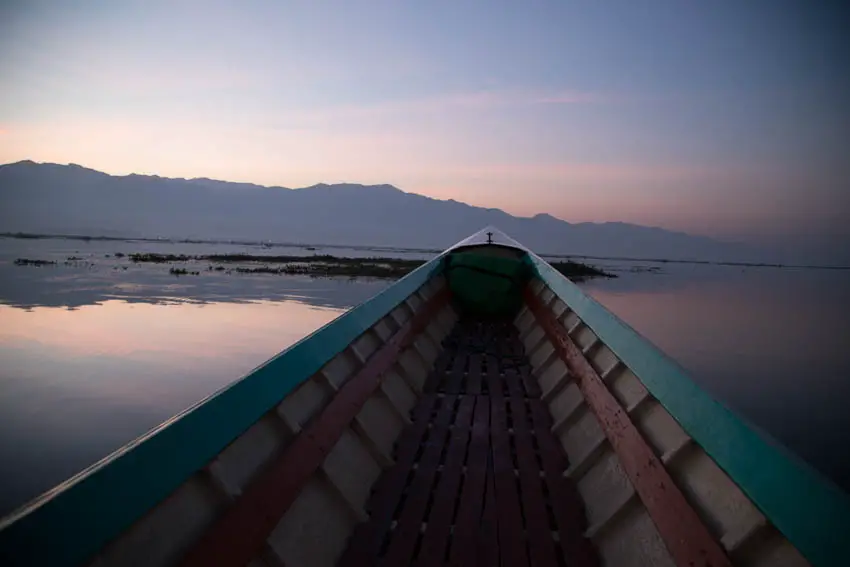
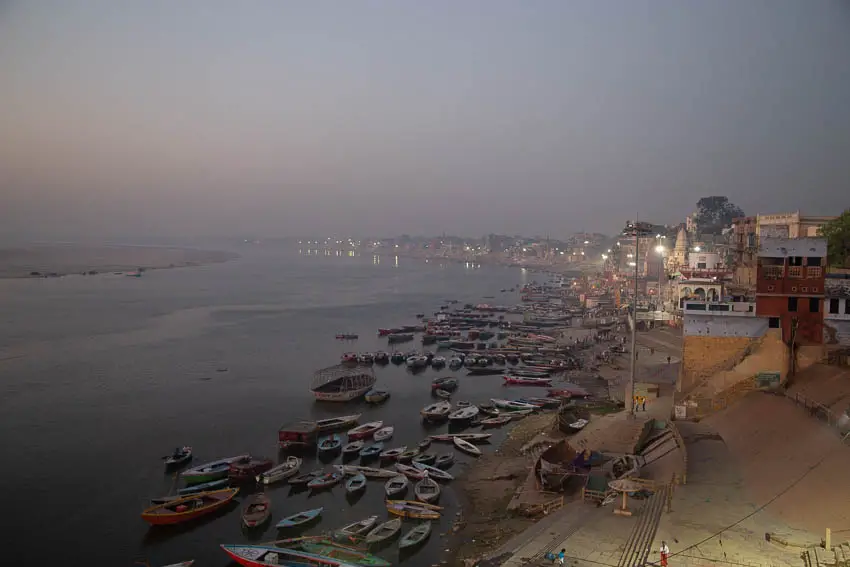
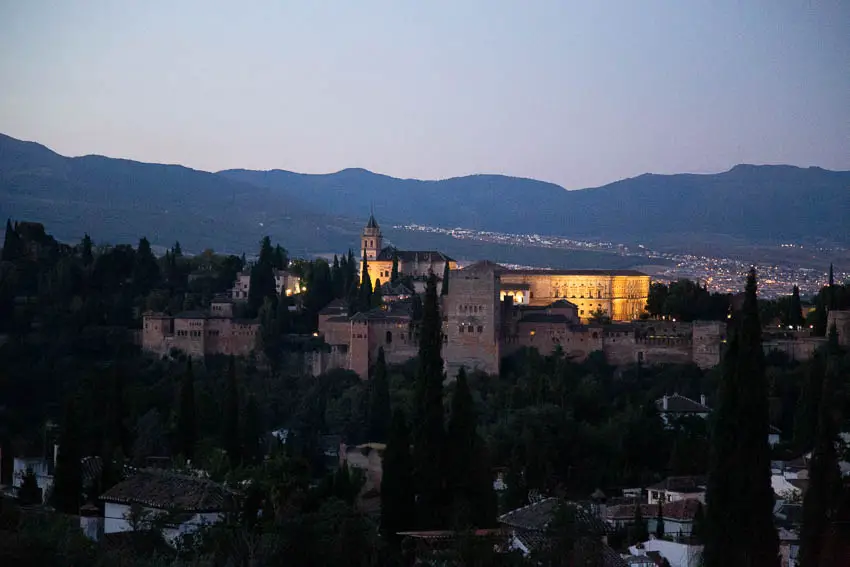
Low ISO Photography
Low ISO in photography helps you to take shallow depth of field and slow shutter speed photos in bright daylight. It also gives the highest quality images, with the least amount of noise. Low ISO (eg. below ISO 400) makes your camera sensor less sensitive to light, and therefore prevents highlights from being overexposed.
Below are some examples of situations where using a low ISO for your photography is best.
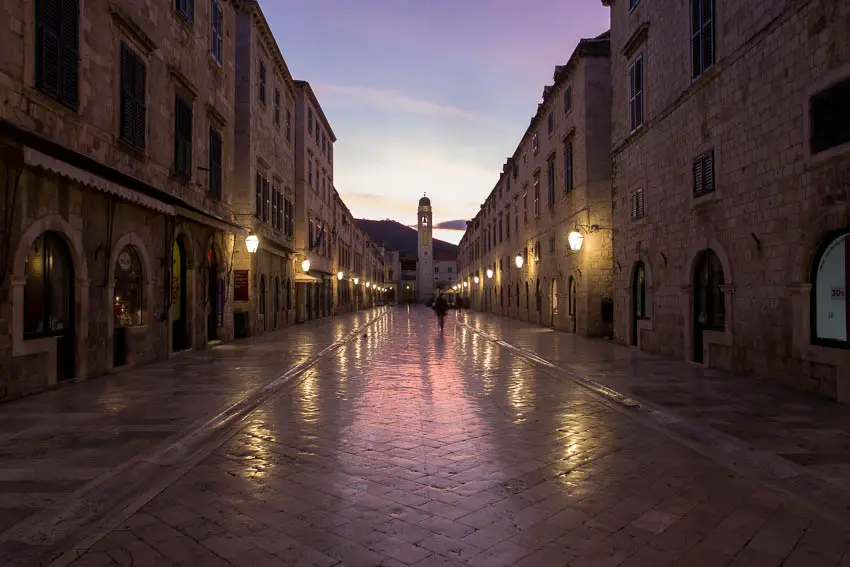
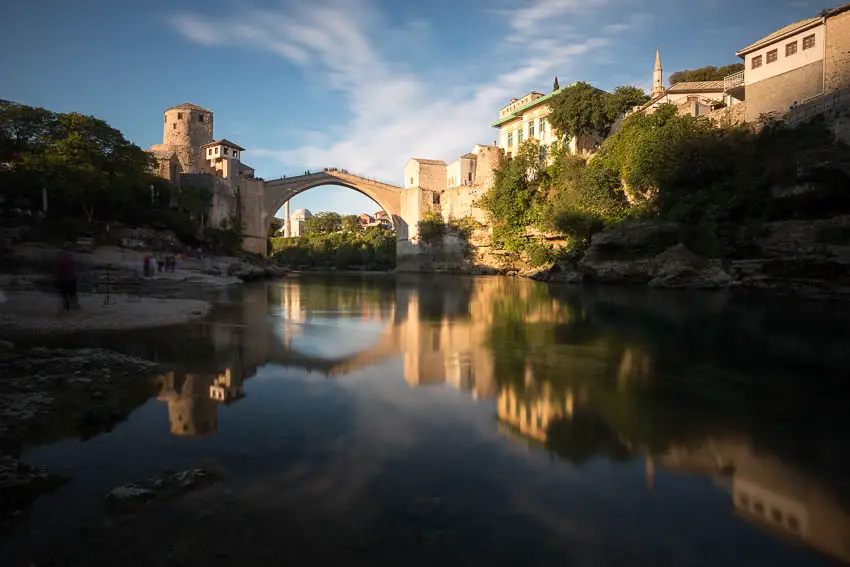
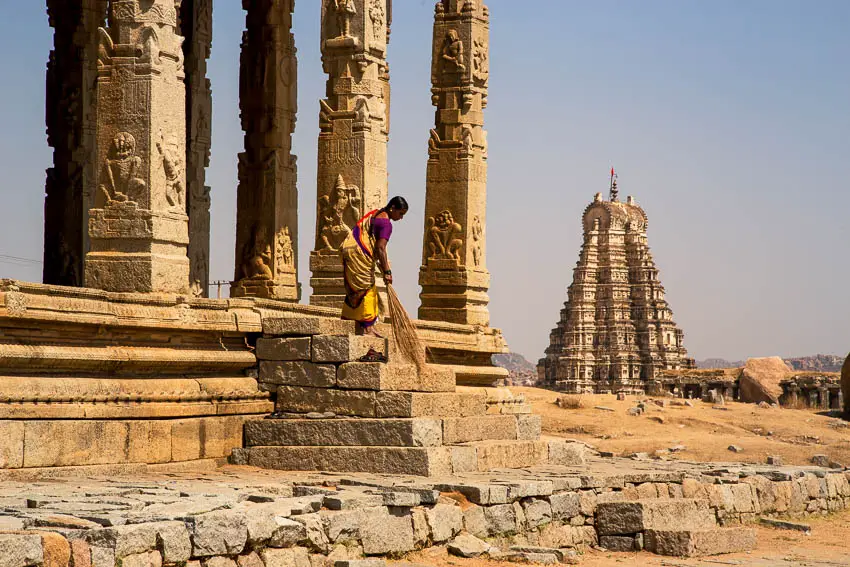
Read More:
Compare the Canon 50mm 1.4 vs 1.8 lens – an excellent lens for both low and high ISO photography.
Is Higher or Lower ISO Better?
Using a lower ISO will result in a better photo with higher image quality and less noise, although this only applies if you can correctly expose the image by selecting an appropriate aperture and shutter speed.
If the image is still too dark, even with the slowest shutter speed or widest aperture, then you will get a better image by choosing a higher ISO, even though this can result in more noise.
Due to a quirk of image processing, it is better to shoot at a higher ISO if you want to get more shadow detail than it is to shoot at a lower ISO and raise the exposure in Camera RAW or Lightroom. The latter will introduce more noise overall than the former.
Therefore, whether higher or lower ISO is better for you will depend on the available light and your choice of shutter speed and aperture.
Read More:
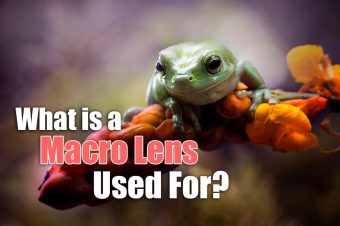
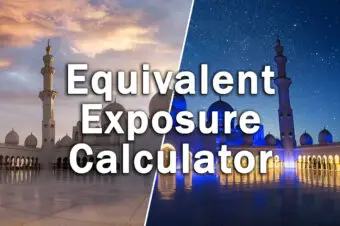
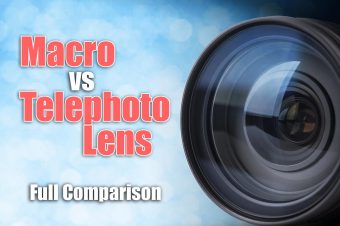
![Photoshop Move Tool Not Working? [8 SOLUTIONS]](https://www.lapseoftheshutter.com/wp-content/uploads/2022/06/photoshop-move-tool-not-working-340x226.jpg)
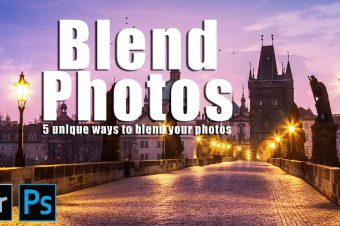
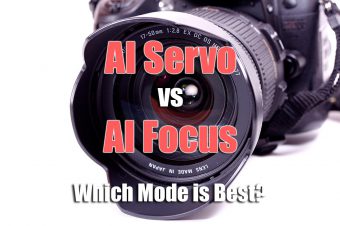
Leave a Reply